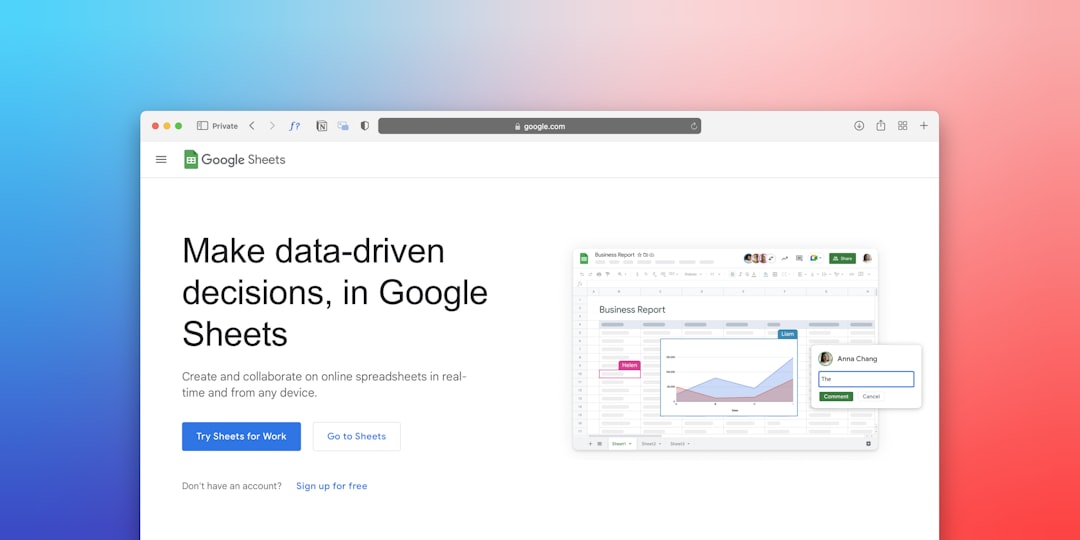As website analytics evolve, so too does the way we attribute and analyze traffic. With the rollout of Google Analytics 4 (GA4), marketers and analysts are seeing new traffic sources and referral paths show up in their reports—sometimes raising eyebrows and sparking curiosity. One of the most confounding new players in this mix is the appearance of referral data labeled as coming from “Google AI”.
So what exactly is this “Google AI” referral? Is it a bot? A new AI-powered search assistant? Or is it simply a data misinterpretation in GA4?
Understanding GA4’s New Approach to Referrals
GA4 differs from Universal Analytics in several key ways, from its event-based tracking model to its cross-platform measurement style. One of the more visible changes is how GA4 labels and displays referral traffic. Compared to the cleaner referral paths in Universal Analytics, some GA4 reports now include ambiguous or unfamiliar domains—and that includes anything containing the term “Google AI.”
What Is a Referral in GA4?
A referral in GA4 represents traffic that arrives on your site from another domain—not from paid campaigns, direct visits, or organic search results. GA4 attempts to identify the referrer of that session and attach it to your traffic source data. This is where the mystery of “Google AI” comes in.
When GA4 shows a referral labeled “Google AI,” it usually means that someone has clicked through to your site from a platform or software application powered by Google’s artificial intelligence. However, the specifics of these interactions are not always clear.
The Rise of “Google AI” in Traffic Reports
The concept of Google AI-based referrals started surfacing more commonly in late 2023 and early 2024. This timing aligns with broader adoption of AI-driven search and discovery tools by Google, including experimental features in Google Search and Google Bard—now often branded as Search Generative Experience (SGE).

Google’s AI models are starting to summarize web pages, provide AI-generated answers, and embed links directly in those summaries. If users click those links, GA4 may detect the visit as originating from “Google AI.” But the mechanics behind that labelling are still evolving—and often poorly documented.
Possible Sources of “Google AI” Referrals
While we don’t yet have full transparency from Google, based on community analysis and data testing, here are a few common triggers behind this type of referral:
- SGE (Search Generative Experience): Experimental Google search features may include AI-driven summaries of your content and direct links to your pages. GA4 identifies the source somewhat opaquely.
- Google Discover: While often tracked specifically as Discover, certain Discover-based interactions powered by AI may occasionally reflect “Google AI.”
- Google Bard or Gemini Interface: If users interact with AI chat responses that include site links, and they click through, your website may see “Google AI” traffic—although this varies per configuration.
- Chrome and Android Features: AI summarizations or page previews introduced within Chrome or Android OS might also initiate these types of sessions.
How to Identify “Google AI” Traffic in GA4
To see if your site is receiving this kind of traffic, navigate to your GA4 property and open the Traffic Acquisition report. From there:
- Select the dimension: Session source / medium.
- Use the search or filter tool to look for entries such as “google / referral” or strings containing “ai.”
- Inspect session counts and engagement metrics for clues about user behavior.
Alternatively, if you’re using Explorations in GA4, you can also break down sessions by Landing Page + Query string and source/medium for more detail.
Example Labels You Might See
Depending on how the referral is structured, here are some labels that might appear as session sources:
google / referralgoogle_ai / referralbard.google.com / referraldiscover.google.com / referral
Don’t be surprised if the labels vary. GA4 does not have a standardized approach yet for all AI-related traffic, and many settings can influence what gets displayed.
Are These Human Visitors or Bots?
This is a valid concern. In Universal Analytics, bot filtering was quite reliable. In GA4, things are more ambiguous. Here’s what we know so far:
- If the traffic is coming via user interaction with AI summaries (like via a search assistant), the visitor is a human who clicked a link.
- If it’s an AI service crawling your site to fetch summaries or context, it may appear as direct or referral traffic depending on how headers are passed.

To discern between the two, closely inspect metrics like engagement time, bounce rate, and users’ behavior paths. Very low engagement time or high bounce rates might signal automated access rather than genuine user interest.
Should You Be Concerned About This Traffic?
The short answer: probably not. If this traffic reflects actual user sessions derived from AI-enhanced search or browsing, it’s likely a positive development. It means your content is being surfaced more prominently in AI environments—possibly even outranking traditional search listings.
However, it’s essential to monitor key indicators:
- Engagement: Are users interacting with your site, or bouncing immediately?
- Conversions: Is this traffic contributing to lead generation, sales, or other goals?
- Volume: Are you seeing a spike in “Google AI” sessions that seems disproportionate?
Why the Label Matters for Attribution
One of the greatest challenges marketers face with GA4 is attribution accuracy. The blurred lines between referral, organic, and direct traffic can create confusion when evaluating campaign performance or ROI.
If your GA4 shows a growing segment of traffic from “Google AI,” but you’re unsure how to categorize it in reporting dashboards, here’s a suggestion:
- Create a new traffic channel customization to separate “Google AI” into its own reporting category.
- Use UTM tagging for known campaign URLs that might be exposed to AI features.
- Implement server-side tagging if you want more control and filtering logic.
Looking Ahead: What to Expect
As Google continues rolling out AI innovations like SGE and integrates generative answers directly into SERPs (search engine results pages), you can expect referrals from these tools to become more frequent—and more complex. Google hasn’t made clear whether “Google AI” will receive a formal traffic channel classification in GA4, but given its visibility, changes are likely ahead.
For now, being aware and proactive is your strongest strategy. Monitor your acquisition reports, interpret “Google AI” referrals cautiously, and watch industry updates for official documentation or feature rollouts from Google.
Conclusion
While “Google AI” traffic may seem like a mysterious newcomer in your GA4 reports, it’s most likely a reflection of your site becoming more visible through evolving AI-powered platforms. These are still early days for AI-driven discovery and referral attribution, so it’s wise to keep a close eye, stay curious, and adjust your analytics strategies accordingly.
The more we learn about these new user pathways, the better positioned we’ll be to harness their full potential and adapt to how audiences interact with content in the age of AI.




